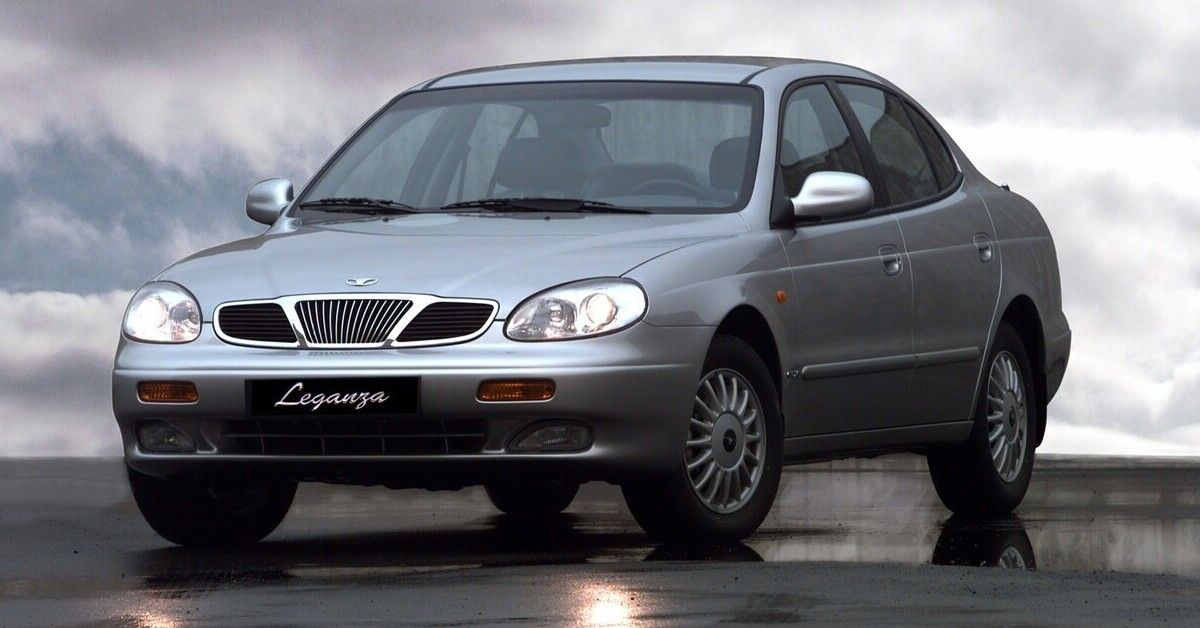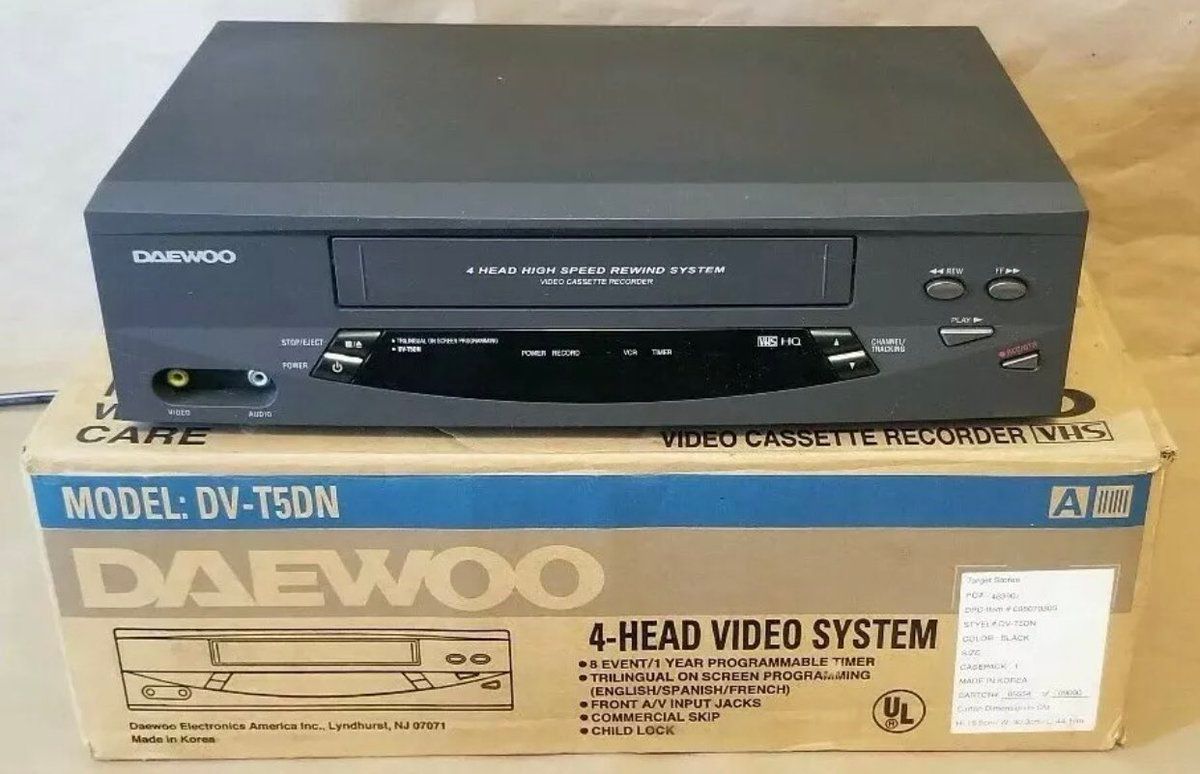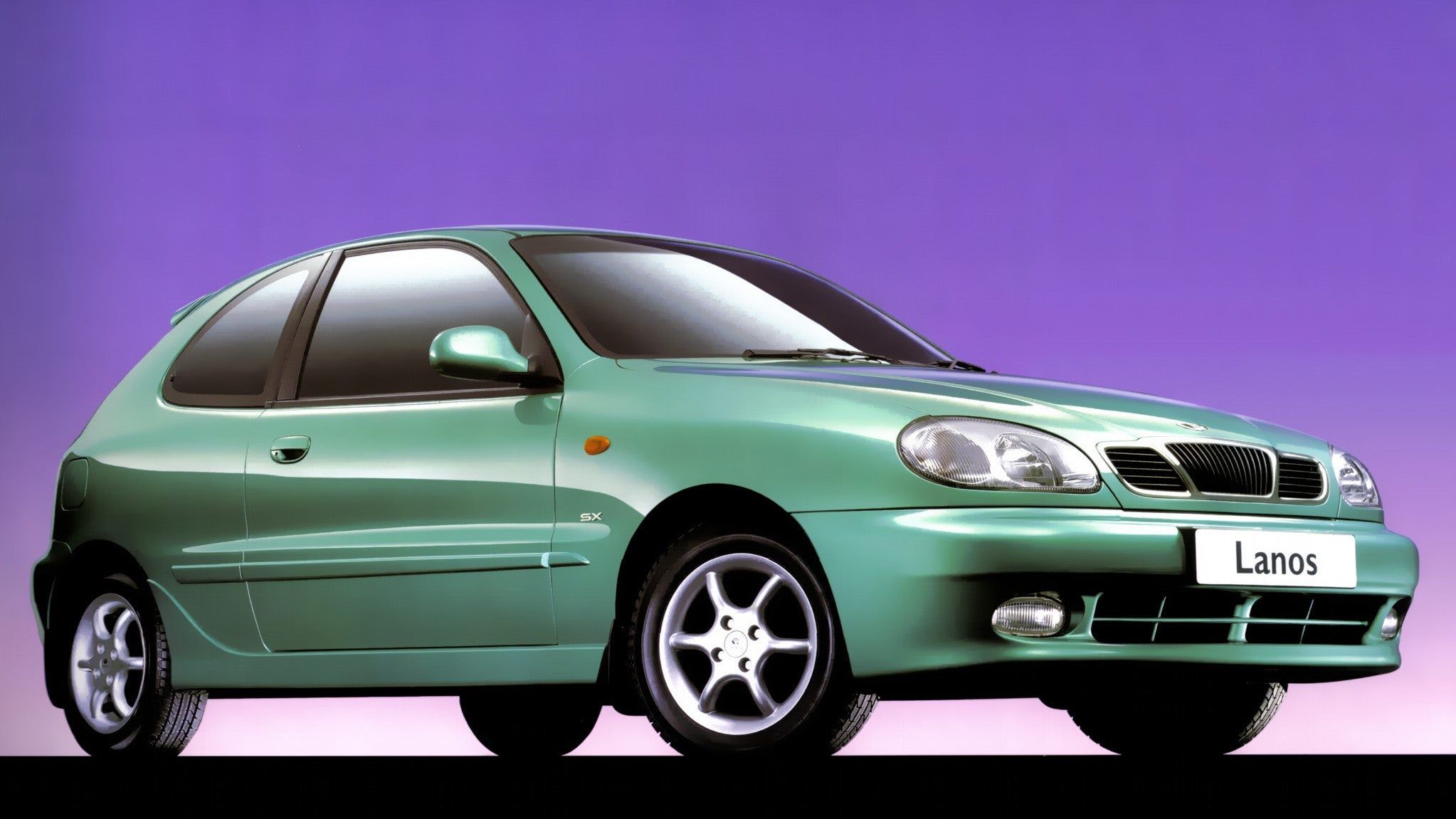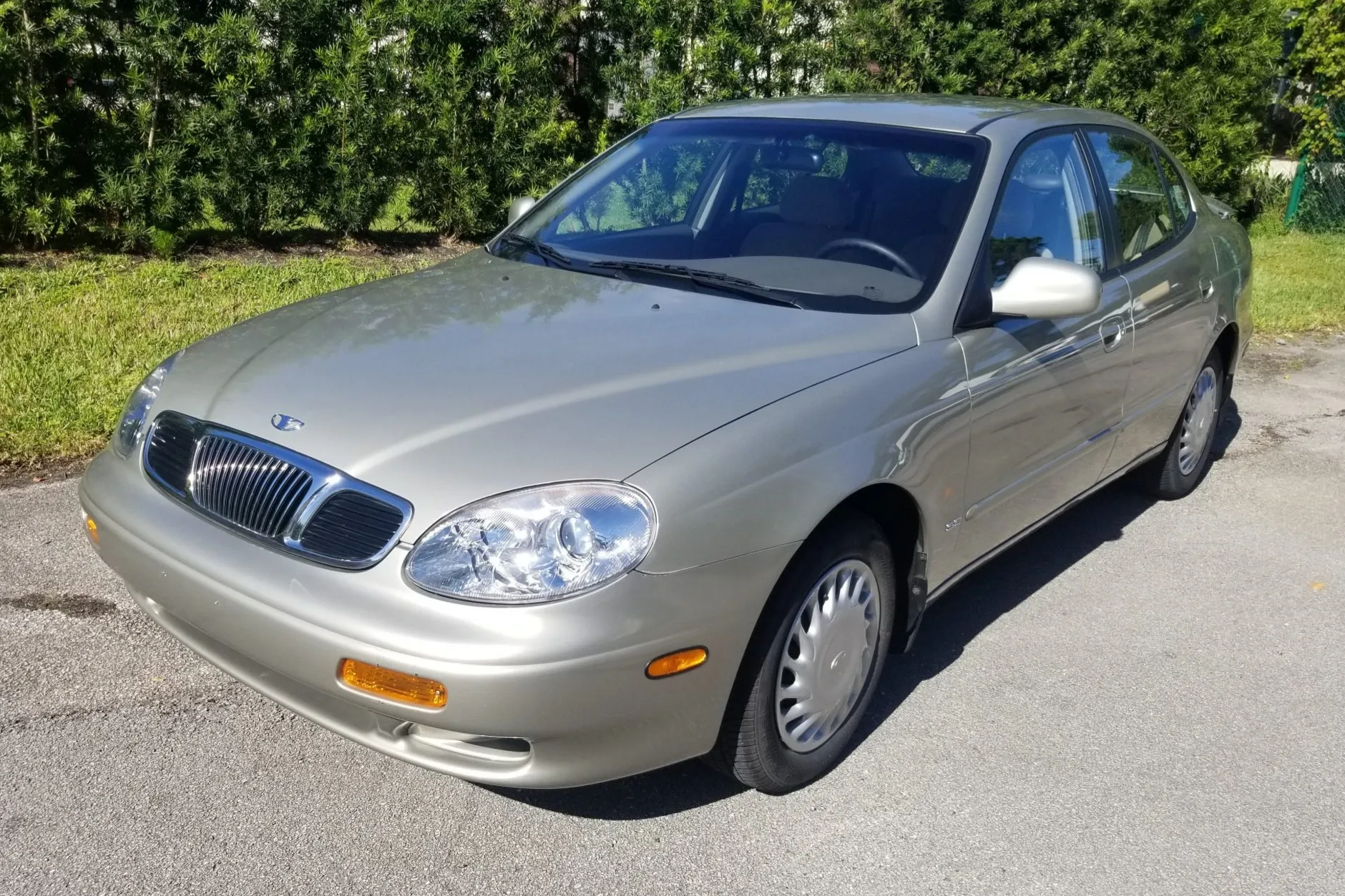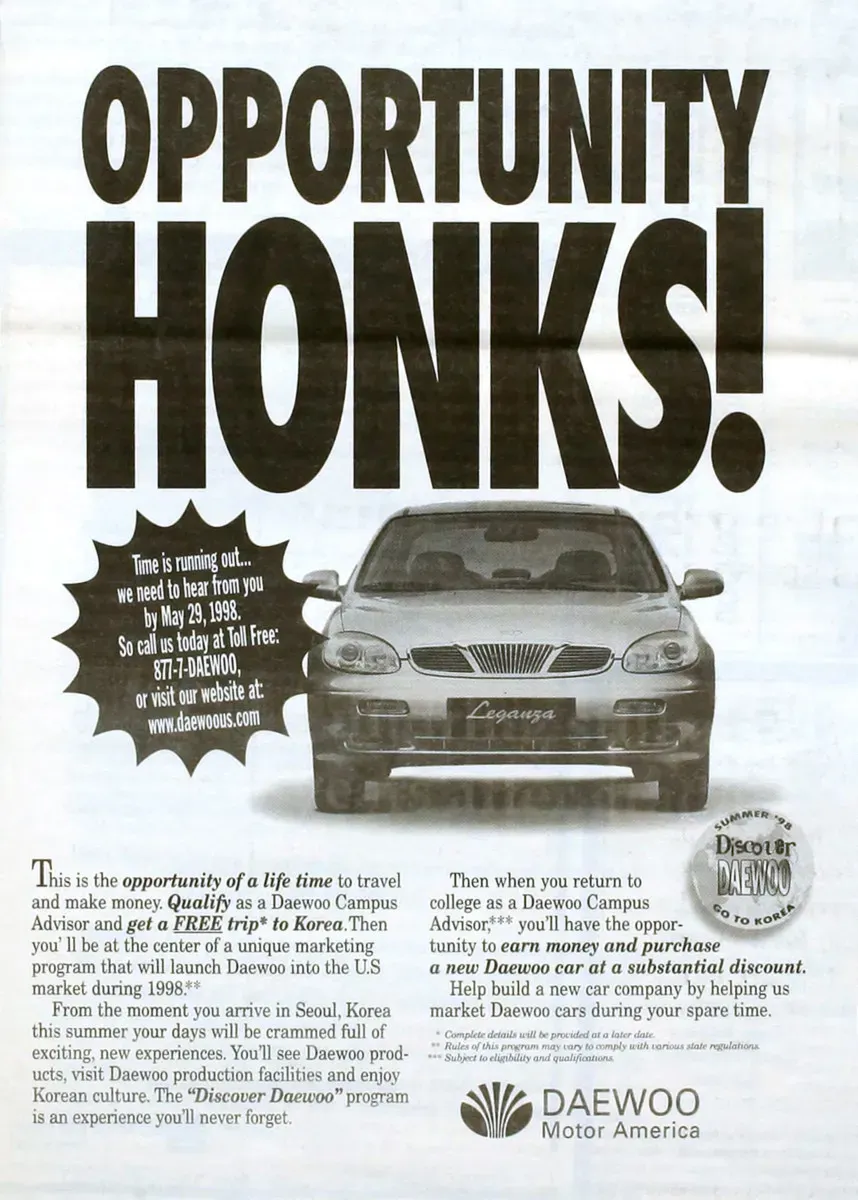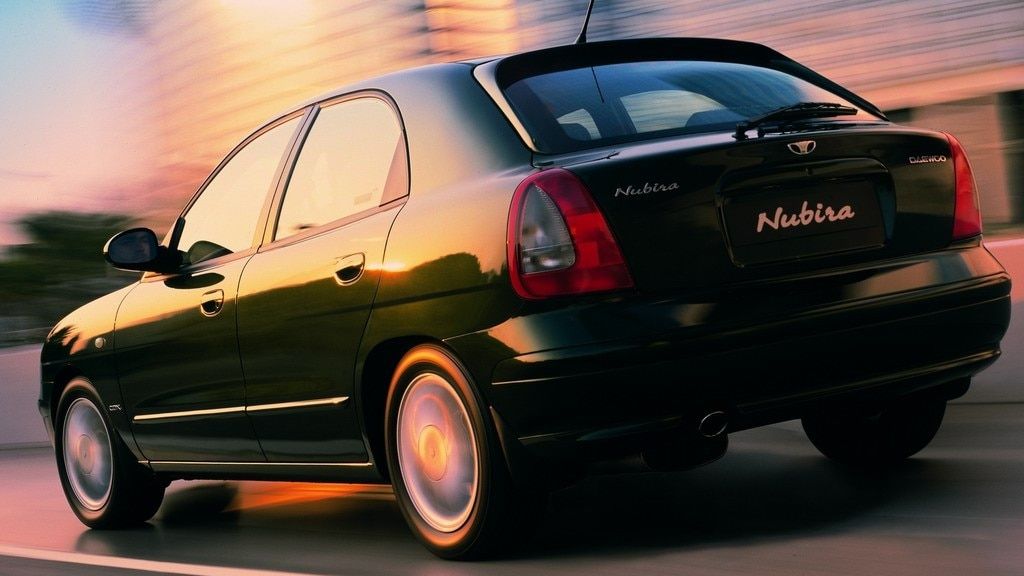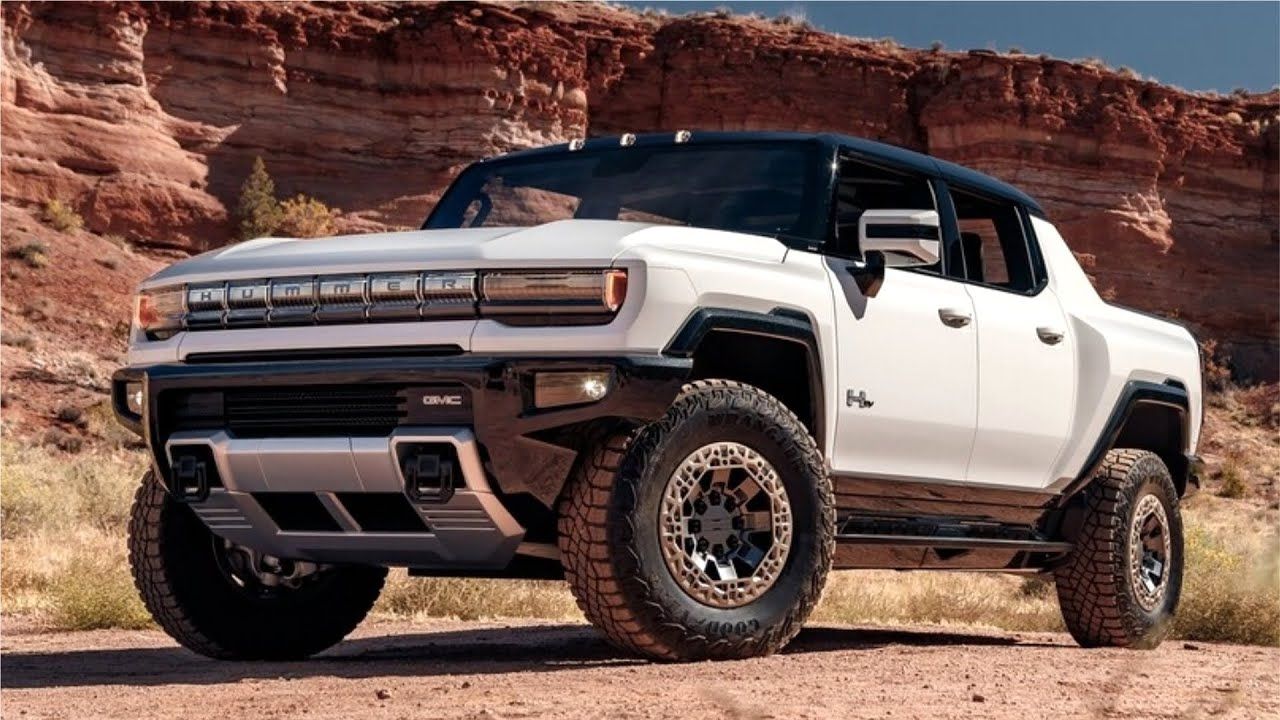If you were in the automotive market during the early 2000s in America, chances are you remember Daewoo. This South Korean company attempted to break into the North American automotive market, hoping to follow in the success of Hyundai and Kai, who found their way into America’s automotive culture with cars that offered performance, quality, and longevity in a very affordable package.Unfortunately, Daewoo did not share in the same success that its fellow Korean companies had for a myriad of reasons. But what exactly went wrong? Why did a company that had so much support from American automaker GM fail so quickly?Here is the story of Daewoo in America.
Daewoo Before It Crossed The Pacific
Before Daewoo came to America, it was a large conglomerate of product divisions in South Korea. The name Daewoo itself translates to “great universe” and they truly did have a large number of products sold with the Daewoo name. Just a few of these companies include; Daewoo Electronics, Daewoo Motors and Motor Sales, Daewoo Precision Industries, Daewoo Shipbuilding, Daewoo Securities, Daewoo Heavy Industries, and Daewoo Textile just to name a few.
The Daewoo Motors subsidiary was originally called “National Motors” in 1937, but eventually became a division of Daewoo in 1983 after many name changes and buyouts from multiple companies. Right after becoming known as Daewoo, vehicles were produced that were shipped around the world, including the Pontiac LeMans, but it wouldn’t be until almost 15 years after that experimental world car hatchback that a Daewoo branded car would land in America.
Daewoo Reaches The US
In 1997, Daewoo finally made its way into the American automotive market after years of working alongside GM and its many branches to produce world market badge-engineered cars. Unlike Kia and Hyundai, both Korean automotive manufacturers that found early success in America, Daewoo decided to confidently release three vehicles in their first year in the US. In contrast, Hyundai put all of their focus on the Hyundai Excel, a hatchback that sold very well as the only Hyundai available, and Kia came to market with only the Kia Sephia and soon after, the Sportage.
The Daewoo lineup featured the Nubira sedan, the Leganza midsized sedan, and the Lanos subcompact hatchback and sedan. All three of these vehicles were extremely similar cosmetically, but they had good options available for their price range. Even at the low end of the Daewoo’s lineup, power steering, anti-lock brakes, and automatic windows were standard equipment, which was fairly impressive for any vehicle at the time. The Leganza served as the higher-end Daewoo model, adding air conditioning as standard equipment to the list, as well as an option for a leather interior.
Daewoo’s plan to come to market with more than a couple of vehicles was bold for an overseas manufacturer, but they had a radical idea to get new customers in the door.
Daewoo Focuses On Entry-Level Buyers
While other Korean offerings from Kia and Hyundai were marketed with the average consumer in mind, Daewoo aimed almost exclusively at entry-level buyers, with marketing that had expressive language such as, “Oops! We forgot to charge you for everything!”, and, “Used books, used furniture, used jeans, ready for something new?” fully indicating that Daewoo was likely going to be the first new car purchase for the average buyer.
Daewoo knew that it was jumping into a country full of people with brand loyalty, so to get started in the US, it targeted college students to work as “campus advisors”. These college student independent contractors would be flown to South Korea to tour the Daewoo factory and get fully versed in the company, as well as receive a loaner car in America. These workers would make up to $500 on commission of any Daewoo sold with their referral, as well as a 50% discount off MSRP if a campus worker was to buy their own car.
It is safe to say that Daewoo invested heavily in marketing their cars differently compared to other companies, and only time would tell if these investments in different marketing strategies would pay off in the long run.
Daewoo Falls Way Short
Initially, Daewoo sold a decent amount of vehicles, but it failed to be more than just a fad. Sales fluctuated between 15,000 and 65,000 vehicles sold a year, without any real positive growth. Its investment in college-aged workers and its targeting of entry-level buyers had also failed. With most college-aged students and entry-level consumers unable to purchase a new car, it is no surprise that this technique flopped.
With marketing that failed to capture any attention, Daewoo shifted its marketing towards a more mature demographic, an older consumer who just needed reliable, cheap transportation, but it was too late. Not only was the marketing off, but the overall quality of the vehicles was very poor, with many cars needing work before the manufacturer's warranty expired.
The late 90’s also brought the Asian financial crisis which hit every automotive maker in Asia, but especially companies like Daewoo who were just getting started in the US. Alongside the financial crisis, Daewoo also had a lawsuit to work through which stemmed from its campus advisor program. Students who had purchased a Daewoo at 50% off were finding that they were required to pay sales tax on the full amount of the car before the discount, and the amount discounted from their purchase price was reported to the IRS as income that the students had to pay taxes on.
By 1999, just two years after its introduction, Daewoo was already underwater, and by 2002, the Daewoo project was over.
A Great Company Today
Even though the Daewoo company flopped, GM acquired the brand right around the end of Daewoo in America and continued to produce some Daewoo cars under different badges. The Chevrolet Aveo for example was a GM-owned Daewoo car.
By 2011, Daewoo became officially branded as GM Korea, which produced quality cars such as the Chevy Sonic, Chevy Spark, Chevy Trailblazer, Buick Encore, and even more recently, designing the battery system that powers the GMC Hummer EV.
So while Daewoo failed as its own standalone company, it continues on today as a major supplier and cog in the General Motors machine.
On the off chance that you find yourself next to an old beat-up Daewoo on the road, keep in mind that without Daewoo, we wouldn’t have many of the Korean-built GM cars we enjoy today!

